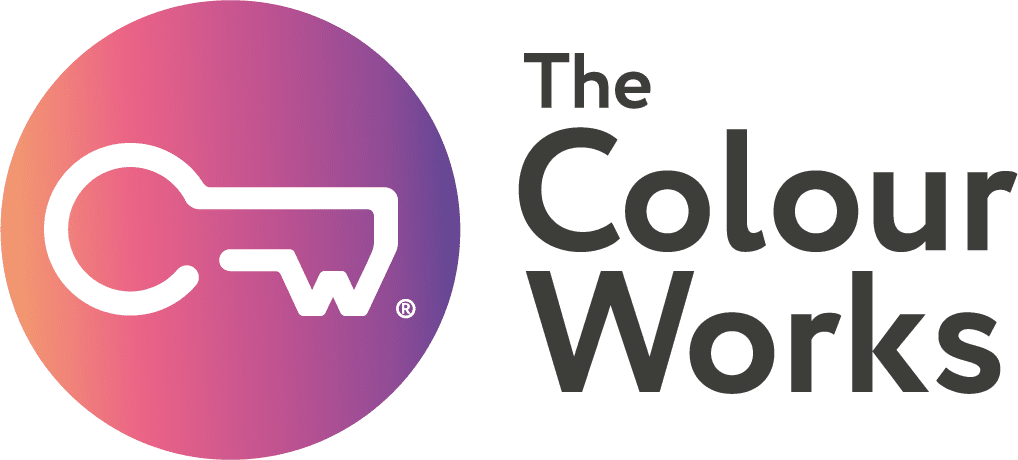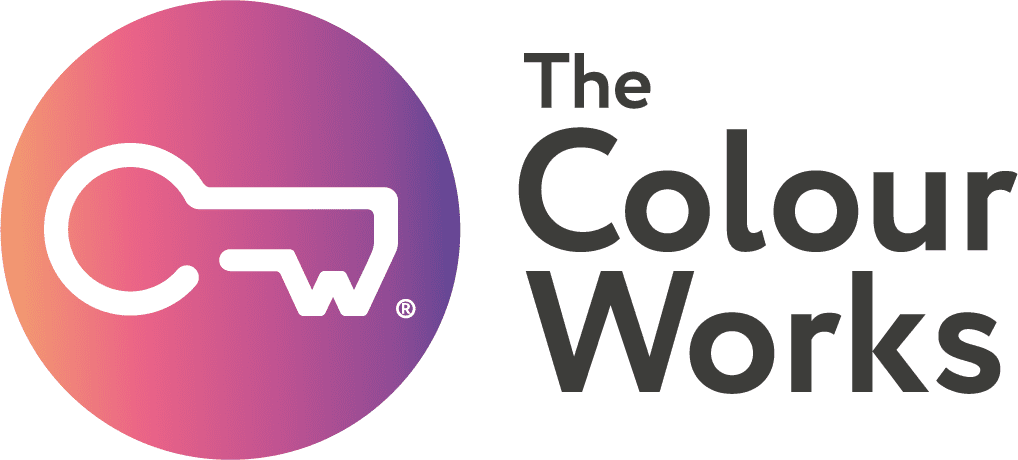Why not view our solutions on people and change today?
Mention the word ‘conflict’ and people tend to flinch. It’s a word with negative connotations of aggression, rudeness and arrogance. It invokes visions of spiteful personal attacks, bust-ups, intentional provocation and dire consequences… not the kind of thing any business wants to see, let alone promote. So to suggest that leaders should in fact endeavour to create a culture of conflict within not only their top team but the organisation as a whole might be considered very unwise indeed, but I’m absolutely convinced we need more of it in the workplace.
Conflict is natural
In his 2012 book “There is an I in Team” Mark de Rond picks up on the fact that we often talk about organisations and teams as though they were single, unified entities composed of like-minded people, little ducks all neatly in a row. The reality, of course, is that they’re full of often wildly different individuals with a wide range of perspectives, beliefs, prejudices, loyalties and ambitions, and flash points are to be expected.
Sir Alex Ferguson, no stranger to the occasional eruption, maintains that there’s nothing wrong with losing your temper for the right reason, and in the macho world of studs and scything tackles we might expect a higher than usual acceptance of warring egos and disputes settled man to man on the training ground. No end-of-day carry-forward figures for Sir Alex – he wants it all said and done by sundown, and you can see his point.
But the world of business is supposed to be an altogether more restrained affair and our competency rating on ‘Maintains a sense of humour under difficult circumstances’ is supposed to trump the more primal urges we feel when given the ‘gift’ of constructive criticism. So what happens when we’re faced with the excitement, challenge and stress of a new product launch, major overhauls within the business or a merger with another company? These are occasions when we want and need people to say exactly what’s on their mind – whether we like it or not – without them feeling they may be labelled disruptive or non-team players.
No one wants things to get out of hand, but in a fully engaged and committed workforce there should be a healthy amount of pushing and shoving as people reality check the situation, stretch boundaries, keep one another on their toes and challenge the status quo.
Temperatures soared in the Senior Team at my last organisation, an £8m turnover plastic injection moulding company in Dorset, when I was unexpectedly appointed Managing Director. I was by far the least experienced member of the team and certainly the least technical (I don’t even like plastics!). On top of that, three others in the team had gone for the job. No one, including me, could seem to understand why the owners had given me the job, but I quickly learned that we had to come together as a team pronto and for that to happen we needed to get ‘stuff out on the table’.
I took the team away for an unheard of two-day retreat in the New Forest where we jostled and argued, challenged each other and cleared the air. We started the process of focusing on our responsibilities as a team to turn the business around. It was then that I realised that it was these team-melding skills of mine, encouraging through my own behaviour a culture of open challenge and productive conflict, which had earned me the top spot.
I am now the Managing Director at a people development organisation called The Colour Works, and I would worry if this type of conflict was absent from our meetings. We’re not interested in personal agendas, power-grabs and posturing – and personal attacks are an absolute no-no. What matters is the business, the client, the idea, and when people who trust one another are passionate about those things, then sparks can and do fly, and so they should.
Tapping into diverse opinions
Peter Drucker got it right when he urged leaders to encourage “the clash and conflict of divergent opinions and competing alternatives”. And he was adamant this should happen before any attempt was made to gather and brandish data in support of a particular option, wryly noting that, “no one has ever failed to find the facts they were looking for.”
A few years back, we took Peter’s advice in what turned out to be a hugely satisfying programme. The Colour Works ran for a financial services company. Their middle managers were feeling besieged from every direction and department heads were keen to find ways to relieve the pressure. We began by focusing on self-awareness, and helping each person to discover their own strengths and weaknesses, as well as the benefits and stresses these can bring. But a breakthrough with regard to restructuring managerial roles and responsibilities was proving elusive, and midway through day two, everyone seemed weary, unable to see the wood for the trees, and tempers were becoming frayed.
Contrary to our brief to keep teams of managers together, we decided to mix them up and see if we could breathe new life into a flagging process. Initially this provoked frustration and some anger, as people felt unable to discuss issues with people who had little or no knowledge of their ways of working. Ultimately, though, it saved the day, as new perspectives began to emerge and people questioned long-held beliefs about how things should be done. Discussions became heated, but where before they had been irritable and often tinged with personal histories, now they were much more about articulating and exploring fresh ideas. By the end of a long day, several significantly different new ways of working had been identified that resulted in key changes to the managers’ roles and vital improvements in the ways they operated.
The stand-out factor for me was the way these new ‘teams’ of managers worked so effectively together, despite not having worked as a team before. Respectful behaviour returned, despite the weariness, because they were less familiar with one another, and this allowed fresh ideas to be expressed and not shot down for being off the wall. Disagreement was evident and quite feisty at times, but it centred on concepts and details, not personalities, old turf wars and ‘the way we’ve always done things.’ It was healthy conflict – abrasive collaboration, if you like.
And there’s the key – they managed to disagree without being disagreeable, and this, in turn, allowed their creativity to flow and chances to be taken.
Creating the right environment for healthy conflict
Conflict – even healthy conflict – can feel uncomfortable for all concerned, even though it may in reality be perfectly safe. Mark de Rond talks of our need to feel “psychologically safe before conflicting opinions can be aired and the benefits of diversity exploited”. Critical to this is whether we and the team or organisation we belong to see conflict as desirable or undesirable, healthy or unhealthy, and it’s our leaders, of course, who set the tone on this.
Kouzes & Posner’s 2003 survey of 60,000 employees found the single most sought-after leadership attribute to be honesty. Jim Collins noted that Level 5 Leaders demonstrated humility and Bill George wrote at length about the power of “authenticity in leadership”. Call it a leap of the imagination if you like, but in my experience honest, humble, authentic leaders are leaders who value the contribution their staff can make, who are interested in them as people and want to make them comfortable enough to voice their thoughts, feelings and opinions, even if they’re sometimes hard to take. Better that than the censored and self-censoring “artificial harmony” Patrick Lencioni warns us all to beware of.
Colonel Stas Preczewski, coach of a varsity Army rowing crew at West Point, devised a brilliant and startling way to cut through exactly this kind of artificial harmony when he felt it was having a negative effect on the team’s performance. Aware of problems and suspecting a lack of mutual trust within the team, he had them pair off and wrestle one another for 90 seconds at a time, changing pairs until each man had wrestled a few other men. This was a high risk strategy to say the least – strong young soldiers wrestling and risking injury – but it proved to be a masterstroke. After several minutes of wrestling one another the team were dissolving in fits of laughter. Not only that, but they now had a real sense of just how strong and motivated to win each of them could be. Subsequent training and race events broke performance records for the team – a perfect example of surfacing legitimate concerns, channelling them into healthy conflict and reaping the rewards.
More fitting for the office, perhaps, would be the promotion of creative dialogue, a concept outlined by Lynda Gratton and Sumantra Ghoshal in 2005. They argue against the “dehydrated and ritualised” conversations that typify communication in so many companies, where tightly defined hierarchies and agendas stifle true exploration of issues. Their preference is for a melding of analytical rigour and intimate exchange – high doses of challenging, rational debate with deep, trustful empathy that, together, open up a space in which rich and creative dialogue can take place between people willing to be authentic and true to themselves and the businesses they operate in.
Far from seeking to avoid conflict, leaders should create an environment in which everyone is confident to speak their heart and mind with passion and conviction, safe in the knowledge that their intentions are understood, respected and appreciated. It’s the classic approach of working around the wheel – everyone has something to bring to the party. And in creating the right environment, it’s absolutely critical that leaders model and reward the behaviours they want to see.
Alfred P Sloan, president, chairman & CEO of General Motors in its heyday did this when he told his management team, “If we are all in agreement on the decision then I propose we postpone further discussion of this matter until our next meeting to give ourselves time to develop disagreement and perhaps gain some understanding of what the decision is all about”.
JPMorgan Chase’s Gordon Smith did it when he was Chief Executive of credit card operations, holding daily 9 a.m. conference calls with 500 of his managers, picking over call handling quality in the search for ‘moments of truth’ that created or undermined customer satisfaction.
And Southwest Airlines do this when they promote high-potential managers partly based on their ability to foster what Vice President of Training, Elizabeth Bryant, calls “vigorous but respectful internal debate”.
Not convinced yet? Ok, let’s wrestle for it.
Related Articles
Riding the Rising Tide of Change as a Team: A Personal Perspective
The other day I had the long-awaited experience of being back in the office with my much respected, missed and …
Read MoreHybrid Working – Good News, Bad News? Who Can Say?! based on research conducted in July 2021
Background At The Colour Works we support a network of over 170 Learning and Development specialists known as Client Practitioners …
Read MoreCreating a Change-Ready Mindset
“The Only Constant in Life Is Change” – Heraclitus. So, if change is the only constant in life, how is …
Read More






